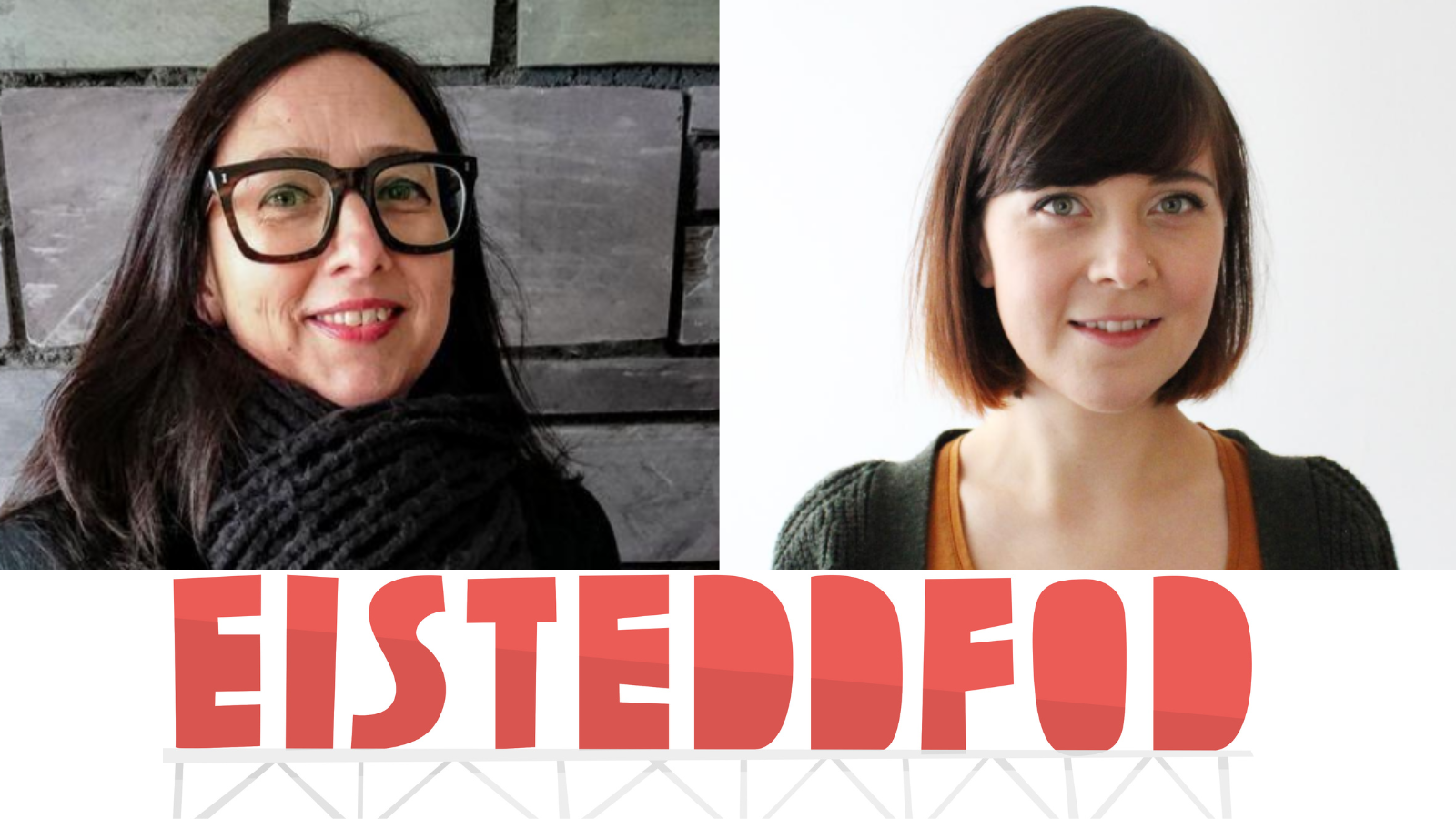About the National Eisteddfod of Wales
The National Eisteddfod of Wales is a peripatetic annual festival, alternating between North and South Wales. For eight days in August, it celebrates the culture and language of Wales through music, dance, art, literature, performance and other mediums, as well as running competitions. It's the largest cultural festival in Europe, attracting 175,000 visitors each year.
Our annual event is held in fields, towns and cities, but we wanted to explore digital.
For a long time, we only considered using digital for communications purposes. More recently, we realised that we could also use it for delivery, perhaps by creating an interactive digital experience to run alongside our festival. The more we thought about it, the more we saw the need for R&D; we had so many questions and felt there was a lot of potential.
We applied for funding from Clwstwr to work on our idea.
Initially, we asked for £140,000 of funding to develop a pilot for an interactive, immersive experience that lets users access the festival in Welsh and communicate with others within that space. We were hoping we could bypass the initial R&D stage and go straight into building it, hence the large amount of funding we sought, but the Clwstwr team thought we should do R&D prior to developing the pilot. So, we received £10,000 of Clwstwr funding to investigate the proposition.
Just as we started our project, the pandemic struck.
Overnight, we went from having an idea of how we could be trailblazers – because, strangely enough, nothing like our idea was happening in the festival world at that point – to being forced to create a digital offer just to exist. Fortunately, the pandemic didn’t affect our R&D that much as we had a lot of preparatory work and desk-based research to get stuck into.
We outlined some areas that we wanted to explore.
We had a lot of ideas. Thankfully, our Clwstwr mentors made sure we stayed on track by asking questions and querying our statements, so that we could figure out the most important things to investigate.
For example, as well as figuring out how our pilot might look, we said that we wanted to develop our audience. Our Clwstwr mentors pulled us up on this, asking us to better understand who our audience could actually be before trying to develop it. We learnt to park our big questions and go through the basics step by step instead. R&D needs to involve a lot of research, not just development.
We identified gaps in the market by analysing online festival offerings.
We looked for festivals that actively engage audiences online, as opposed to just giving access to existing content. We mapped what we found, both the physical and digital versions of festivals. Then, using what we had learnt from existing examples, we considered our own platform – its economy of scale, the infrastructure involved, the needs of our audiences and performers and what technology we should use (i.e. whether we should utilise gaming technology or try open source platforms).
Most festivals with an online offering gave viewers a passive experience.
The majority of the festivals we found with an online offering were just streaming content, rather than giving consumers something to interact with. There was one example we liked, Shangri-La in Glastonbury, which had looked at how you could use gaming technology to create an immersive experience online where the user became the avatar. With all of this in mind, we felt we needed to take things to the next level.
We held conversations with other festivals, some similar to us and some different.
We asked them whether our idea for a product that provides interactive, engaging digital content beyond what already exists would be something they'd be interested in. A lot of them were keen to find out more and be a part of our journey. Some told us they’d had similar ideas themselves but hadn't taken them further, which showed us that there was a demand for our product.
If we went about it the right way, we could have a product to clone or loan to other businesses to raise income for the Eisteddfod. And, we could get people on board to help us use existing platforms or products to make it a reality, rather than starting from scratch.
Having confirmed that there was a need for our product, we considered our next steps.
We wanted to move into a second phase of R&D, one where we’d partner with Lost Horizon, the company that created the Shangri-La experience at Glastonbury, to start making our pilot. We’d start by making a digital experience for Maes B, the youth provision, then scale it up. We put in a bid for further Clwstwr funding, but unfortunately we didn't get it. This was a shame because we had big plans for the pilot, but we gained a lot from the work we'd already done.
When we have new ideas in the future, we can use the principles Clwstwr taught us.
If we consider starting a different pilot down the road, we’ll go through all of the stages we experienced at Clwstwr - the queries, the question marks, the research and so on - so that we have a firm understanding of our idea and a proof of concept. If funding comes along, we'd feel ready to start developing our pilot for the platform. We believe the future is hybrid, so if we don't take that step, albeit risky, we prevent ourselves from evolving and growing in new ways.

